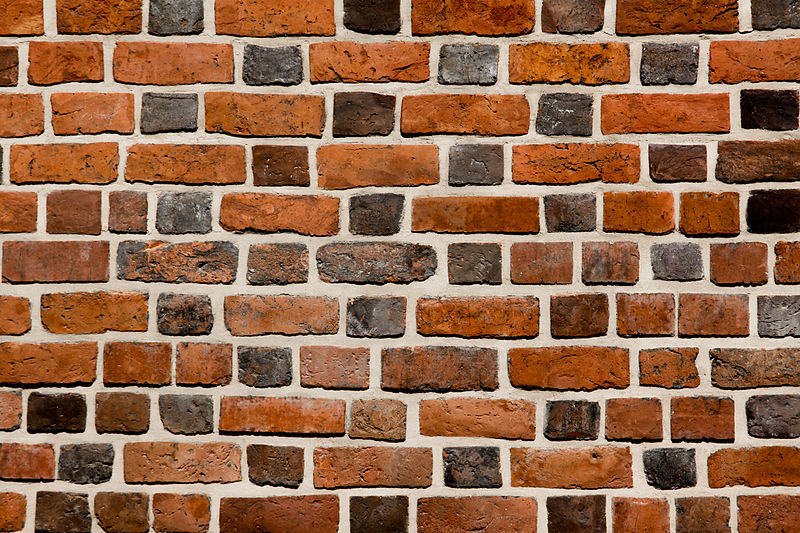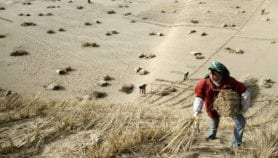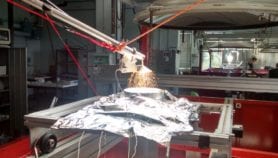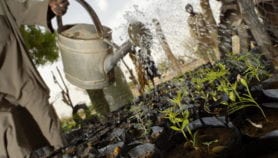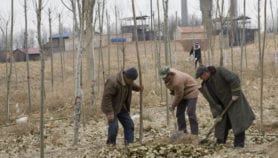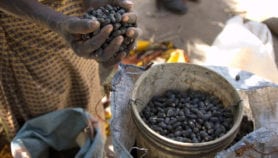By: Wagdy Sawahel
Send to a friend
The details you provide on this page will not be used to send unsolicited email, and will not be sold to a 3rd party. See privacy policy.
[CAIRO] Algerian and Malaysian researchers have designed cheap eco-friendly bricks that can be made from waste materials.
Population growth in many urban areas of the developing world is outstripping available housing, prompting interest in making bricks from cheap and durable local materials. Fifty six per cent of the African population is expected to live in urban areas by 2030 (up from 18 per cent in 1950).
Malaysian scientists at the Tenaga National University have produced prototype bricks using waste from the mining, coal and steel industries. They mixed the materials — including quarry dust, the iron oxide that forms on steel during production, and ash from furnaces — with cement and water.
Traditional brick manufacturing uses high pressure or firing in a kiln to shape the bricks. But the scientist formed the bricks within moulds without applying pressure, reducing costs and simplifying the brick-making process, they say.
The researchers add that using waste materials rather than clay or shale conserves resources and maintains the soil quality needed for sustainable agriculture development.
According to the scientists, whose findings are published in the April edition of Construction and Building Materials, the new bricks have a variety of promising properties, including resistance to corrosion and compression.
Mohamed Heikal, a professor of inorganic chemistry and building materials at Egypt's Benha University, tells SciDev.Net that the new bricks can be used as an alternative to conventional bricks, as they are more durable than traditional bricks in resisting weather-related freezing and thawing. They also have lower water absorption properties.
Elisa Adorni, a researcher at the Italy-based University of Parma's Department of Civil–Environmental Engineering and Architecture, says: "The use of waste materials for the production of bricks and concrete blocks is an optimal method to solve the problem of storing waste materials and to optimise the cost for the production of building materials."
But it is important to take into account the chemical reactions that may occur when the bricks swell upon coming into contact with moisture, Adorni says.
Elsewhere, Algerian scientists at the University of Kasdi Merbah and the Polytechnic School of Algiers have also developed and produced prototype bricks. Theirs are made from concrete made from desert sand, and are strong, and provide good heat and sound insulation.
The bricks could be produced cheaply in the southern region of Algeria, where Saharan sand is especially plentiful and available at minimal cost, according to the study, which was published in December 2012 issue of the Arabian Journal for Science and Engineering. The researchers carried out 750 laboratory tests to hone the brick.
"If the compression and the thermal resistance of [the brick] are validated by Algerian building material codes, it could solve the building material crises which Algerian builders are suffering from," Ali Zaidi, a researcher in the Department of Civil Engineering of Algeria's University of Laghouat, tells SciDev.Net.
Zaidi explains that bricks in Algeria are often stressed by the hot summers and cold winters, and assailed by sandstorms.
Mohammed Hebasha, who manages an Egyptian building construction company, says firms should be established to exploit the commercial potential of both brick types.
Link to abstract in Construction and Building Materials
Link to abstract in ArabianJournalforScienceandEngineerin
g


